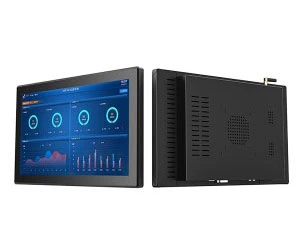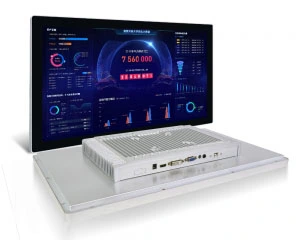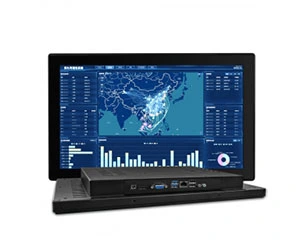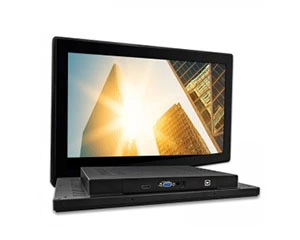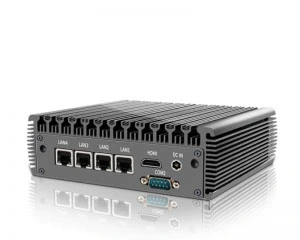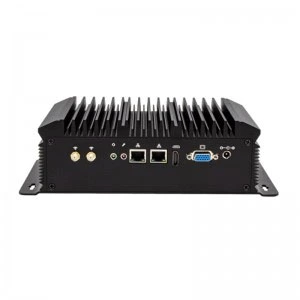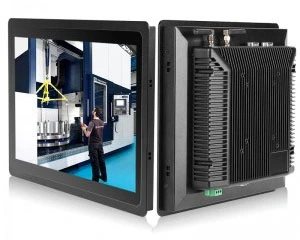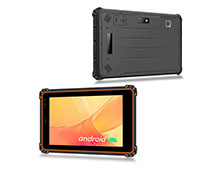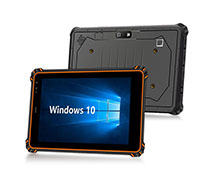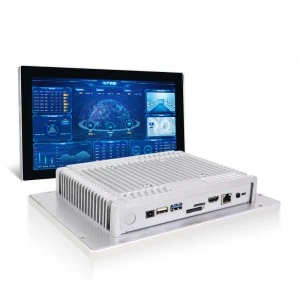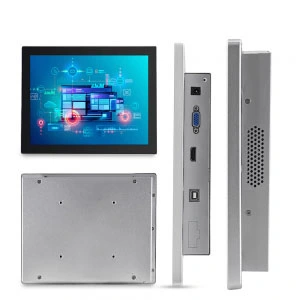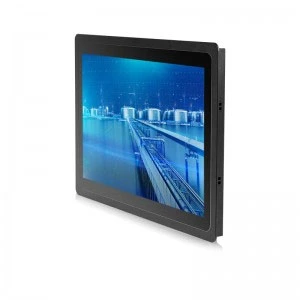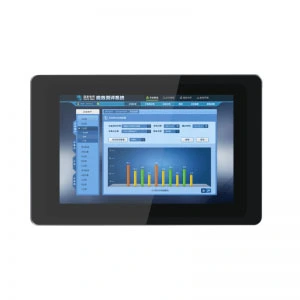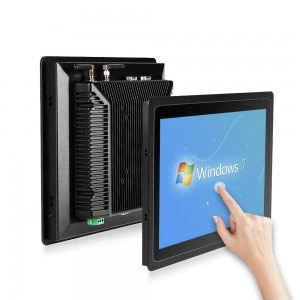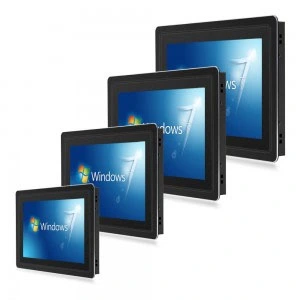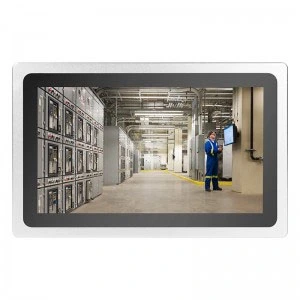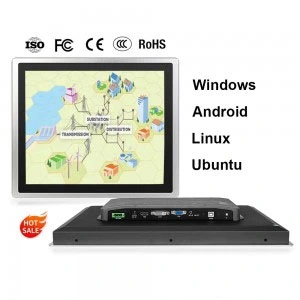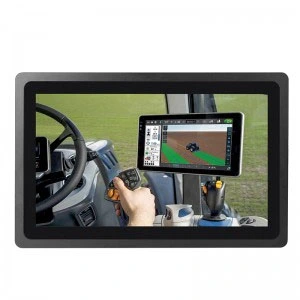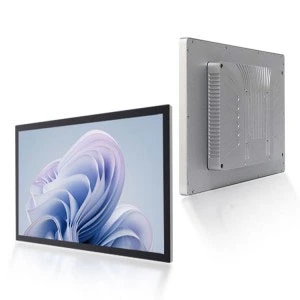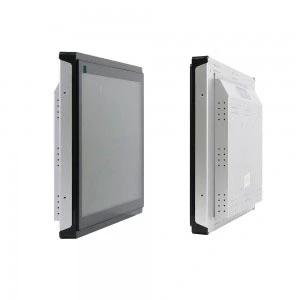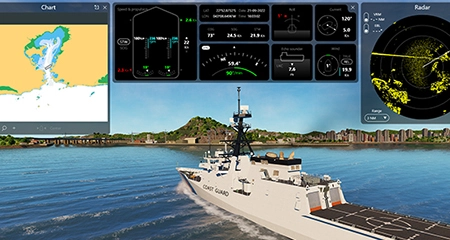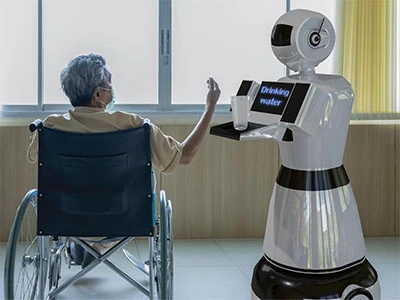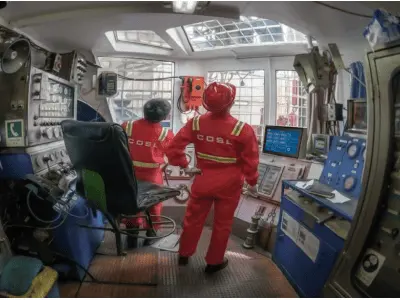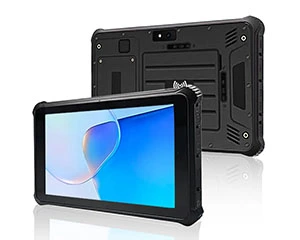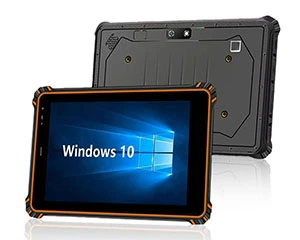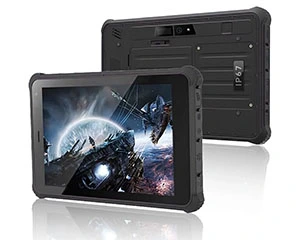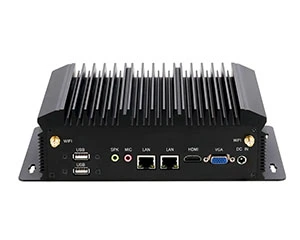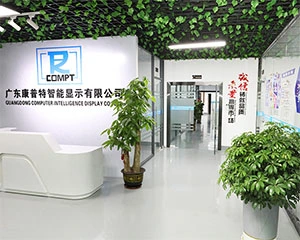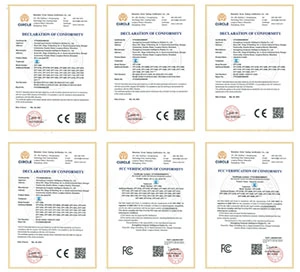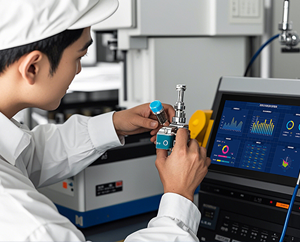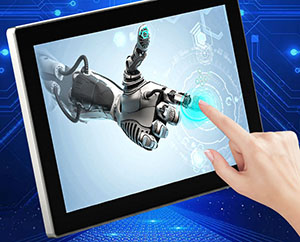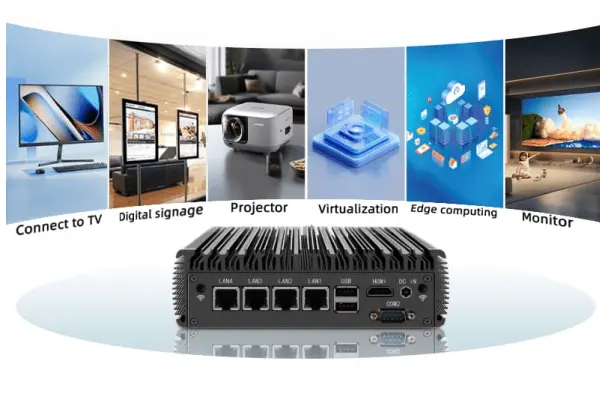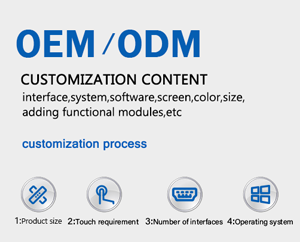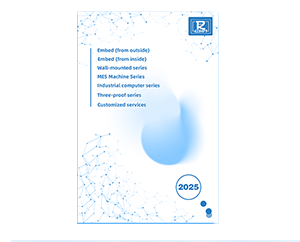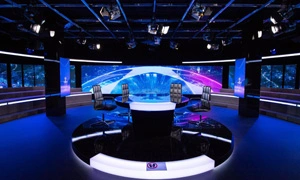Boat Monitor understands how challenging technology at sea can be. Sea salt, shifting temperatures, vibrations, and endless hours of bright sun exposure can ruin ordinary electronics. Boat Monitor created a specialized solution for the marine and industrial applications. With example and resilience, these monitors provide results where ordinary consumer screens fail.
A marine display monitor is more than a simple screen when installed in yachts, commercial vessels, or offshore platforms. It is an integral component for navigation, safety, and operational effectiveness, evolving rugged and completely waterproof monitors. Having such devices in the workplace revolutionizes the seamless interaction of technology in water and sets a remarkable standard in durability and usability.
Waterproof Reliability: Built for the Sea
A monitor must be waterproof. An external monitor for the boat isn’t just splash proof. It must prevent salt spray, rain, and even accidental submersion. For these extreme outdoor conditions, the IP68 rated monitors are the standard gold. Monitors are verified as dust-tight and tested for continuous immersion in water.
Adding a waterproof touchscreen monitor only increases versatility. These displays even allow for hands-on interaction when wet. This feature is essential for crew members performing navigation or controlling marine industrial systems who monitor systems while wearing gloves.
Marine Display: Sunlight Readability
Typical readability issues sun screens become even more problematic on the water. As a result, the need for sun readable displays in marine environments is a must. These displays combine high brightness screens, anti-glare shields, and sunlight optical bonding to guarantee that important data won’t get lost during daytime.
A waterproof display for marine environments that is also sunlight readable will give confidence to the navigator that charts, radar, overlays, and performance metrics will be accessible and visible without obstruction at any light level.
Rugged Engineering for Harsh Conditions
A waterproof marine display must also endure rough conditions. Beyond waterproofing, a marine display must endure vibrations from the ship’s and stubborn impacts during rough handling. This is because many marine displays and screens suffer from salt-induced corrosion which is why most of the rugged displays for marine environments are encased in reinforced housings.
To keep everything running smoothly, a heavy duty touch screen monitor becomes a requirement. Downsized monitors undergo constant contact stress and thus are able to keep track of system feedback. This also gives the operators a sense of confidence and trust because of the constant feedback.
Industrial Panel Monitors for Multi-Sector Use
Rugged displays inspired by marine applications serve a purpose well beyond boats. They are also sold as industrial panel monitors or industrial grade monitors, which are meant to be a part of control panels and production lines in factories. Dust, temperature variations, and workloads are challenges in both industries. In addition to these, marine settings also come with harsh weather conditions. Touch screen monitors that are designed for land industries provided marine grade to touch screen monitors used in-land industries.
Outdoor Touch Screen Monitor: More Uses
More contemporary marine workstations and vessels need placed displays throughout all areas. That’s when outdoor touch screen displays are needed! Outdoor displays are designed to withstand UV exposure, throughout all weather climates, and still perform without issue. Just like operators expect in the cabin, outdoor displays are reliable.
Industrial grade touch screen displays are designed to withstand the climate and still perform accurately. This feature makes them crucial for use at sea and onshore in the fields.
Touchscreen Technology: From Industrial to Marine
One of the most important changes in the world of displays is the use of touch screens. A rugged, waterproof touchscreen monitor offers the same convenience and advantages of consumer grade technology but is designed for more professional and demanding use!
Different industries select displays for their specific requirements.
-
Marine screens are used for navigation and for controlling the vessels.
-
Industrial grade touch screen monitors are used for controlling and automating systems in manufacturing.
-
Heavy duty touch screen monitors are used in construction, mining, and marine purposes in areas where extreme conditions are present.
In all of these situations, rugged touch screens guaranteed the customers experience interaction that was accurate and without issues, even in extreme weather conditions.
IP68 Waterproofing and Beyond
An IP68 boat monitor stands out because it meets international standards. IP stands for Ingress Protection, which indicates how well a device is protected from dust and water. “6” means there is complete dust protection, and “8” means it can be continuously submerged in water.
This is a must for boat owners and marine professionals. Rest assured, the display will work under the toughest conditions without needing replacement.
Marine Environment Integration
The variety of rugged boat monitors is ideal for different uses:
-
Navigation Systems – Visibility marine display monitors give important, updated information from GPS, radar, and sonar tracking systems.
-
Commercial ships – Cargo vessels and fishing boats use marine screens to track engine performance, fuel consumption, and safety systems.
-
Leisure Yachts – Luxury and sunlight readable monitors are used for entertainment systems, route planning, and communication instruments.
-
Military and Rescue Boats – Extreme rugged displays are essential for operational missions under extreme conditions.
-
Offshore, industrial panel monitors, open frame displays, and marine monitors are used to support oil, gas and energy operations.
From Boat to Industry: Broader Impacts
Sometimes, innovations for marine displays transfer over to industry. This is mostly due to the demand for rugged displays in manufacturing, healthcare, logistics, and transportation. All industries require touch screen monitors for rugged, demanding environments.
Rugged monitors for the marine environments are still monitors, and meet the marine industry’s operational need for tough, rugged sea displays.
Conclusion
Modern boat monitors enhance control and management of maritime technology and operational management. The displays are no longer limited to being just displays: they have interactivity, ruggedization, touchscreens, and sunlight readability. They have become multifunctional displays for demanding marine environments.
The transition has started from boat monitors, to marine industrial grade touch monitors. The mission is to provide high-end, durable monitors for environments where failure is not an option. With rugged displays and marine monitors, the emphasis blends monitors are an integral part of industrial and marine workflows.
Nowadays, it’s more important than ever to have safe, reliable, and efficient marine display monitors. As time goes on, it will be used more and more, and it will become even smarter and more connected. It will be energy efficient and will power operations on the ground and on the sea.

Penny
Web Content Writer
4 years of experience
This article is edited by Penny, the website content writer of COMPT, who has 4 years working experience in the industrial PCs industry and often discusses with colleagues in R&D, marketing and production departments about the professional knowledge and application of industrial controllers, and has a deep understanding of the industry and products.
Please feel free to contact me to discuss more about industrial controllers. sales@gdcompt.com


